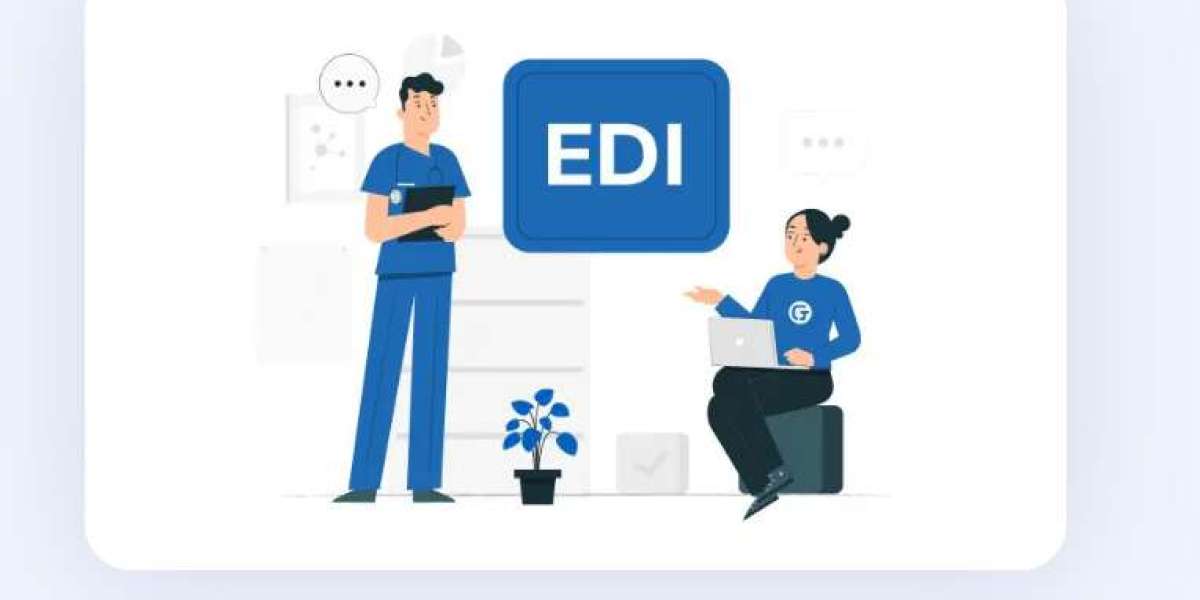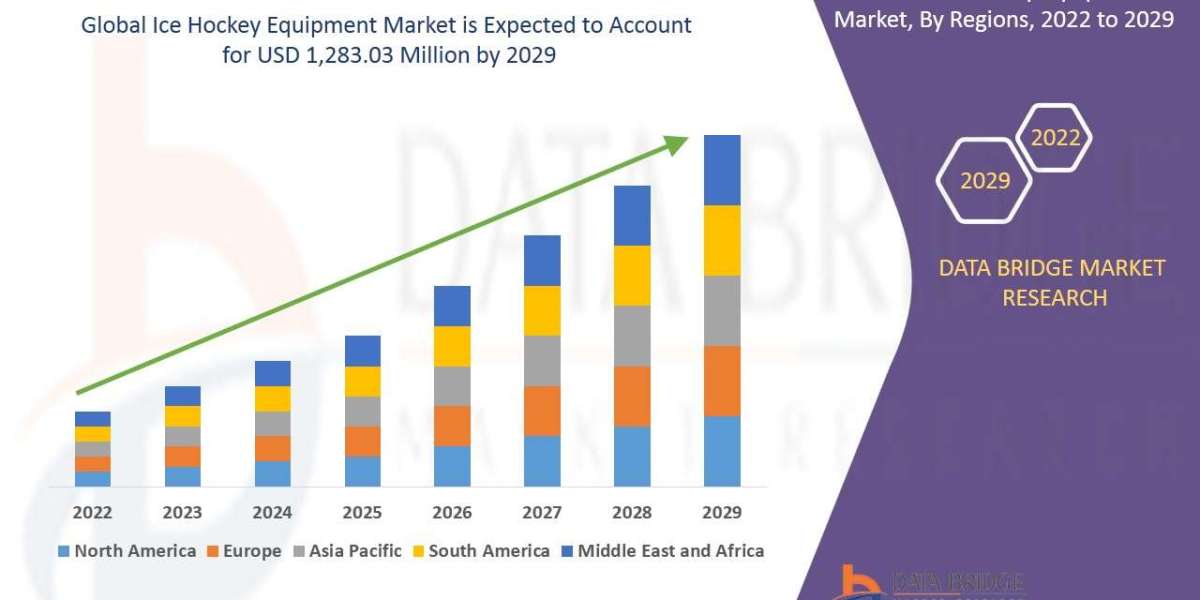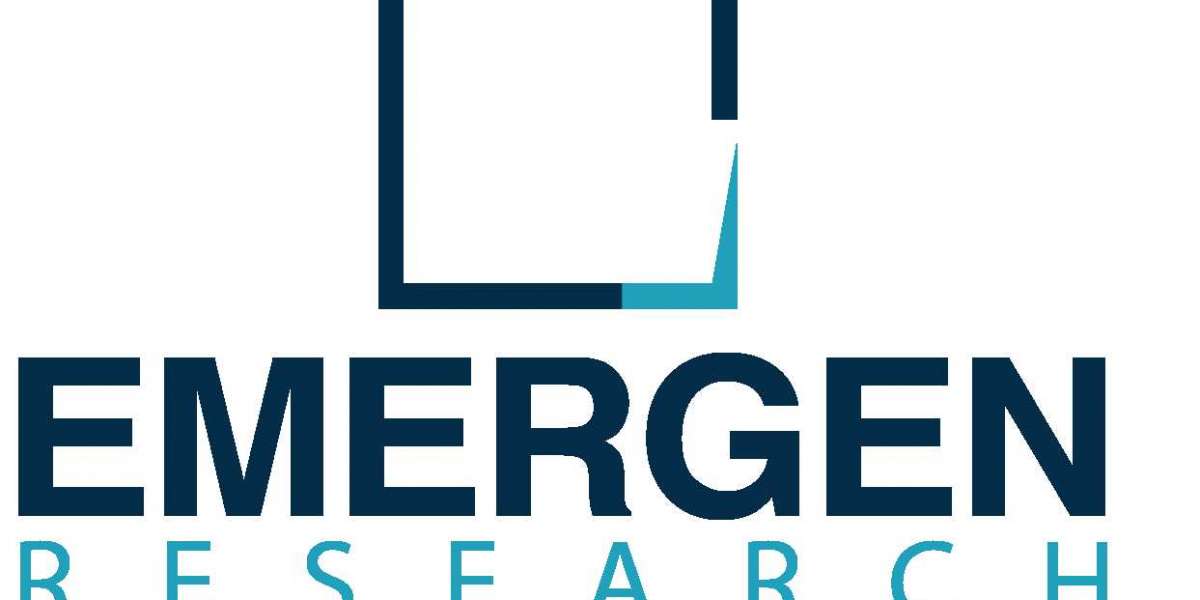In the dynamic landscape of healthcare, efficiency and accuracy are paramount. As the industry continues to evolve, technological advancements have paved the way for streamlined processes and improved patient care. One such innovation that has revolutionized the way data is exchanged in healthcare is Electronic Data Interchange (EDI). In this comprehensive guide, we delve into the intricacies of EDI, its benefits, challenges, and its pivotal role in transforming the healthcare ecosystem.
Understanding Electronic Data Interchange (EDI)
At its core, EDI is the electronic exchange of business documents between healthcare providers, payers, and other stakeholders, using standardized formats. These documents can include patient records, claims, invoices, and more. Unlike traditional paper-based methods, EDI facilitates the seamless transfer of data in a structured and automated manner.
The Evolution of EDI in Healthcare
The adoption of EDI in healthcare can be traced back to the late 20th century when the need for efficient data exchange became evident. Initially, EDI systems were rudimentary, relying on basic protocols and limited connectivity. However, with advancements in technology, modern EDI solutions have become sophisticated, offering real-time data exchange, enhanced security, and compatibility with existing systems.
Key Benefits of EDI in Healthcare
1. Enhanced Efficiency
By automating manual processes and reducing paperwork, EDI significantly improves operational efficiency within healthcare organizations. Tasks such as claims processing, appointment scheduling, and inventory management can be completed swiftly, leading to time and cost savings.
2. Improved Accuracy
Manual data entry is prone to errors, which can have serious consequences in healthcare. EDI minimizes the risk of errors by standardizing data formats and validating information before transmission. This ensures that accurate and reliable data is exchanged between parties.
3. Cost Savings
The implementation of EDI results in tangible cost savings for healthcare providers and payers alike. By eliminating paper-based transactions and reducing administrative overheads, organizations can allocate resources more effectively, ultimately reducing healthcare costs for patients.
4. Faster Claim Processing
In the realm of medical billing, timely claim processing is crucial for revenue cycle management. EDI expedites the submission and processing of claims, accelerating reimbursement cycles and improving cash flow for healthcare providers.
5. Regulatory Compliance
Compliance with healthcare regulations such as HIPAA is non-negotiable. EDI solutions are designed to adhere to industry standards and regulatory requirements, ensuring data security and confidentiality at all times.
Challenges and Considerations
Despite its numerous benefits, the adoption of EDI in healthcare is not without challenges. Some common hurdles include interoperability issues, data privacy concerns, and upfront implementation costs. Healthcare organizations must carefully assess their needs and capabilities before integrating EDI into their existing infrastructure.
The Future of EDI in Healthcare
As technology continues to advance, the role of EDI in healthcare will only become more prominent. Emerging trends such as blockchain and artificial intelligence hold the potential to further optimize data exchange processes and drive innovation in the healthcare sector. By embracing these technologies, healthcare organizations can stay ahead of the curve and deliver enhanced patient care.
Conclusion
In conclusion, electronic data interchange in healthcare stands as a cornerstone of efficiency and accuracy in modern healthcare. By automating data exchange processes, minimizing errors, and ensuring compliance, EDI empowers healthcare organizations to deliver optimal patient outcomes while reducing costs. As the industry continues to evolve, the integration of EDI will remain essential for driving innovation and unlocking new possibilities in healthcare delivery.







